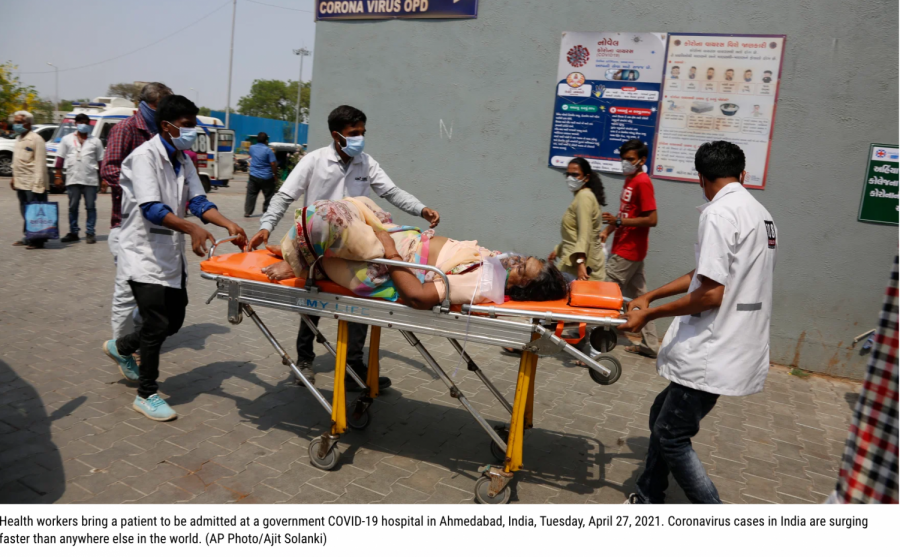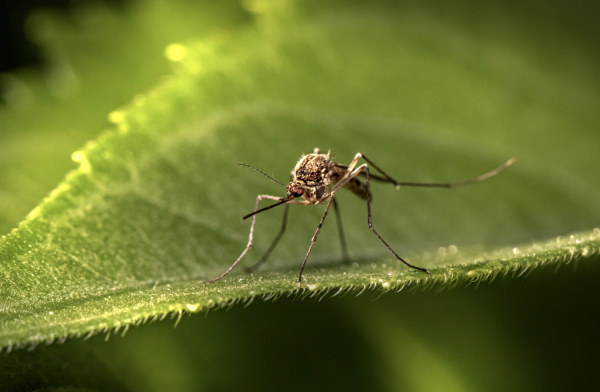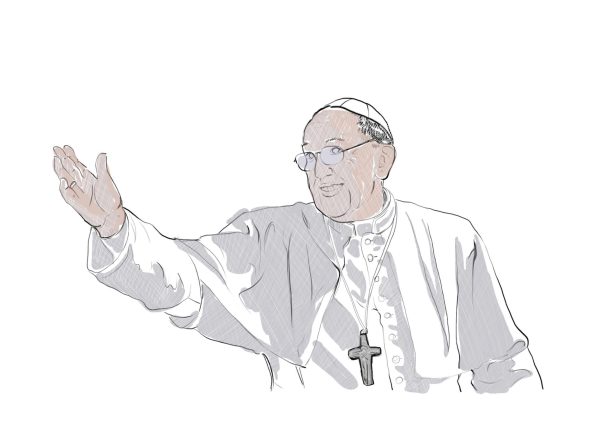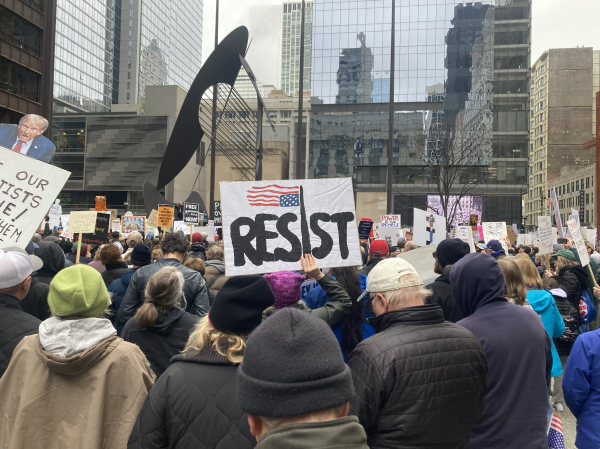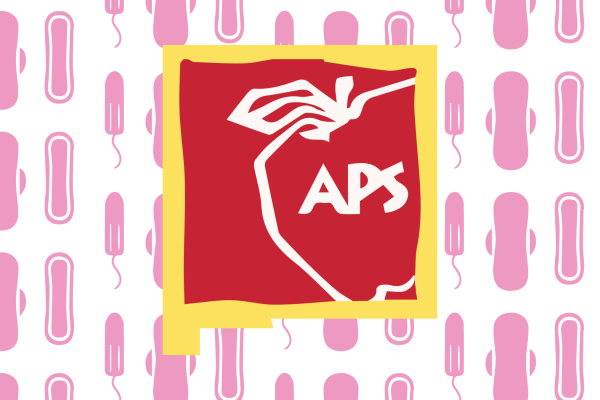India, the World’s Largest Vaccine Producer, Suffers the Worlds Worst Covid Surge
A devastating second wave of COVID-19 has arrived in India almost a year after the country imposed one of the strictest lockdown restrictions in the world, and just three months after the Indian health ministry declared infections and mortalities at an all time low. The country pushed the world record for new cases, reporting more than 400,000 new COVID-19 cases on May 1 after ten consecutive days of more than 300,000 daily cases. The surge in infections left hospitals, morgues, and crematoriums overwhelmed, and families scrambling for scarce medicine and oxygen. Medical oxygen shortages plagued India’s medical systems, and New Delhi, India’s capital territory, can only meet 30 percent of its oxygen demands.
The discovery of a new COVID-19 variant in India led to widespread concern and is one of the main factors behind the sudden spike of cases. The variant, known as B.1.617, has two unusual mutations: E484Q and L425R, which alter the structure of the spike protein in unanticipated ways. Although the scientists are still learning about this new double mutant variant, they believe it is more transmissible and partly resistant to some vaccines. Preliminary studies, however, have shown that both vaccines used in India – Covishield and Covaxin – have efficacy against this strain. The highly infectious B.1.1.7 United Kingdom strain is also rapidly spreading in India.
At the end of the first wave, the Indian government eased restrictions, and media reports blamed the spike on lax social distancing and mask wearing, mass political rallies, and religious events. Lower humidity in some parts of the country could also cause the virus to spread faster.
Fewer than 10% of the population have received one dose and just over 2% of the 1.3 billion people in the country are fully vaccinated. India is the world’s largest vaccine producer and produces 60 percent of the world’s supply, but due to the second wave the government placed a hold on all exports of the AstraZeneca vaccine in order to meet domestic demand. This decision caused alarm over shortages elsewhere in the world. Starting May 1, India opened up vaccine eligibility for everyone above the age of 18 – about 600 million people.
Many states in India, including New Delhi, are on lockdown. The government hopes to rollout as many vaccines as possible to start curbing the spread of the coronavirus. The terrible events that unfolded in India serve as an important reminder that none of us will be safe until everyone is safe.
You can help by donating to charities working to help India in its fight against the pandemic:
UNICEF is sending supplies and emergency equipment, including PPE kits and oxygen concentrators.
The India Development and Relief Fund is running a campaign to help people in India who have lost their income and are going hungry because of the pandemic.
CARE is working to provide hospital services, workers, and equipment to India.
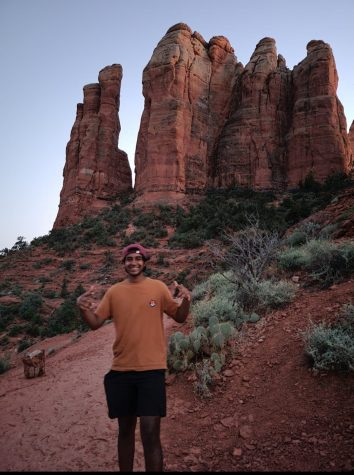
Ankit Jaiswal '22 describes how one of his dream jobs is being a travel journalist: he would travel to different places, explore the cultures there, and...


